Laser Scanning in BIM: Benefits of Using 3D Laser Scanning in Building Information Modelling
Laser scanning in BIM is the act of using laser scanners to create 3D digital models. Most laser scanners work by sending out laser beams in all directions, which are then reflected back to the scanner where they are recorded and translated into a 3D laser model. This laser-scanning technique allows for laser scanning data imported into Building Information Modelling (BIM) software to use during the design process. 3D laser scanning is an efficient, flexible, and exciting technology that has many benefits in building design projects. If you are looking for information about laser scanning in BIM, then you have come to the right place at Hive Virtual Plant. Read on to learn about some of the benefits of laser scanning to BIM.
Click here to learn more about our services at Hive Virtual Plant.
Facilitating Design with Laser Scanning in BIM
There are many examples in the design process where laser scanning has brought benefits to building design projects. One such example of laser scanning in BIM is laser scanning site models for infrastructure and construction projects. Laser scanning can be used to quickly generate a high-resolution laser scan of the laser scanning data that is then easily imported into BIM software. Laser scanning can be performed with a full range of laser scanning equipment. This high-quality laser scan allows designers to create accurate, high-quality digital 3D models from laser scans that can be used to plan their site for construction or infrastructure projects.
Help increase production efficiency on building projects
Laser scanning is particularly useful for adding laser-scanning sensors into tunnel boring machines (TBMs). These laser scanners are able to map the path that the TBM has taken underground as it moves toward its goal. The scan is then directly imported into BIM software for use within the design process. With laser scanning in BIM, laser scanner data acquisition tools allow designers to collect laser-scanning data from automated laser scanners, helping to increase production efficiencies on building projects.
Reduce costs during construction
Laser scanning also has construction benefits for building projects. For example, laser scanning can be used to reduce costs during data acquisition. The laser scanning infrastructure, for example, is used to gather scanned data for infrastructure projects. Scanning equipment is easily integrated with CAD software. Laser scanners ensure that the measurements are precise so laser scanner data does not have to be reacquired across multiple construction phases or during different tasks. Scanning reduces the costs of the laser-scanning data acquisition process and allows measurement in a variety of equipment such as laser scanners.
These are just a few of the benefits of using 3D laser scanning in BIM. To learn more about this, or to learn more about 3D laser scanning technology, we encourage you to get in touch with our team at Hive Virtual Plant today.
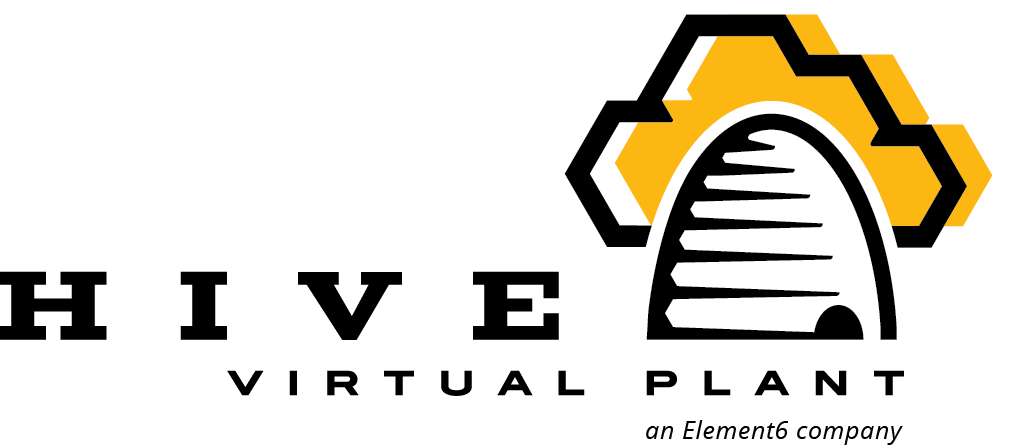
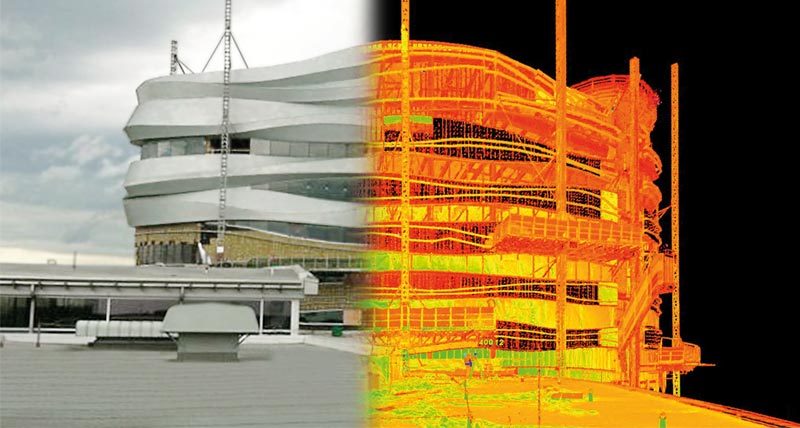

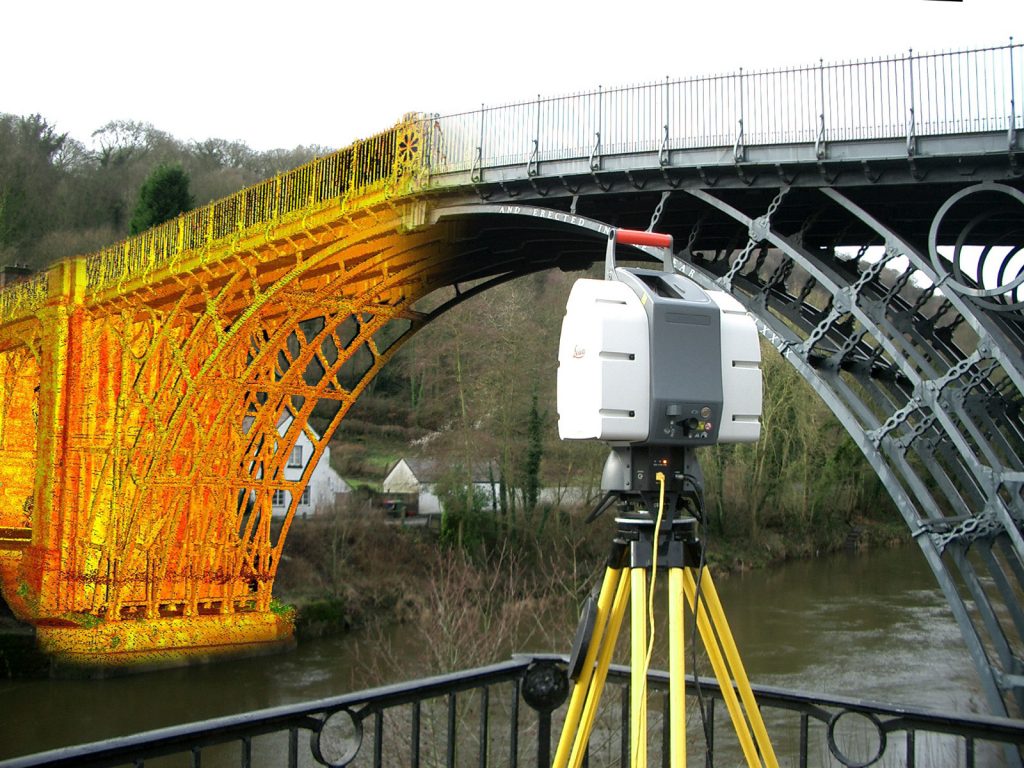

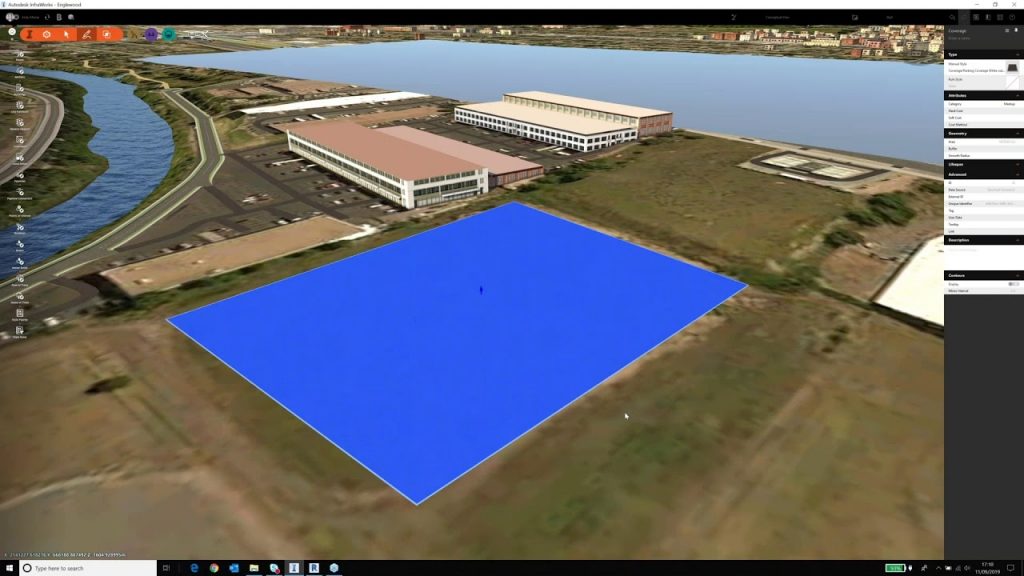
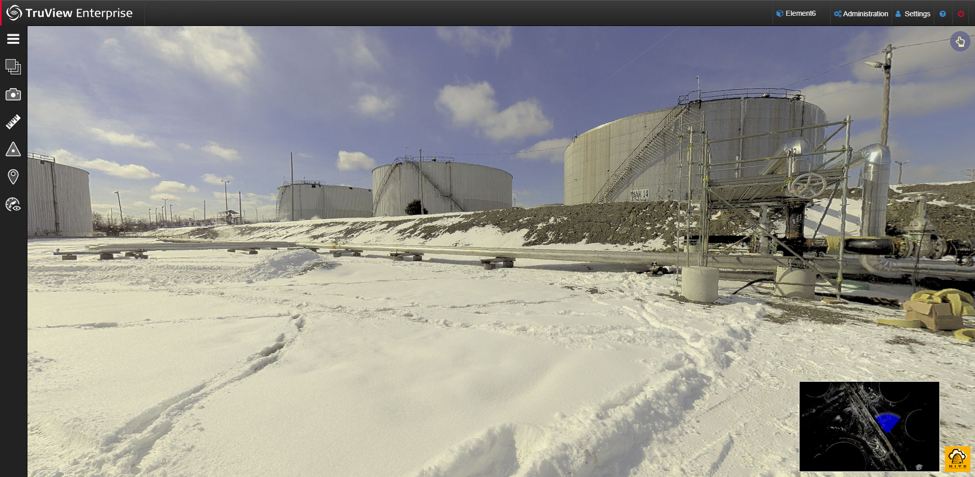
About The Author: Rob Jickling
More posts by Rob Jickling